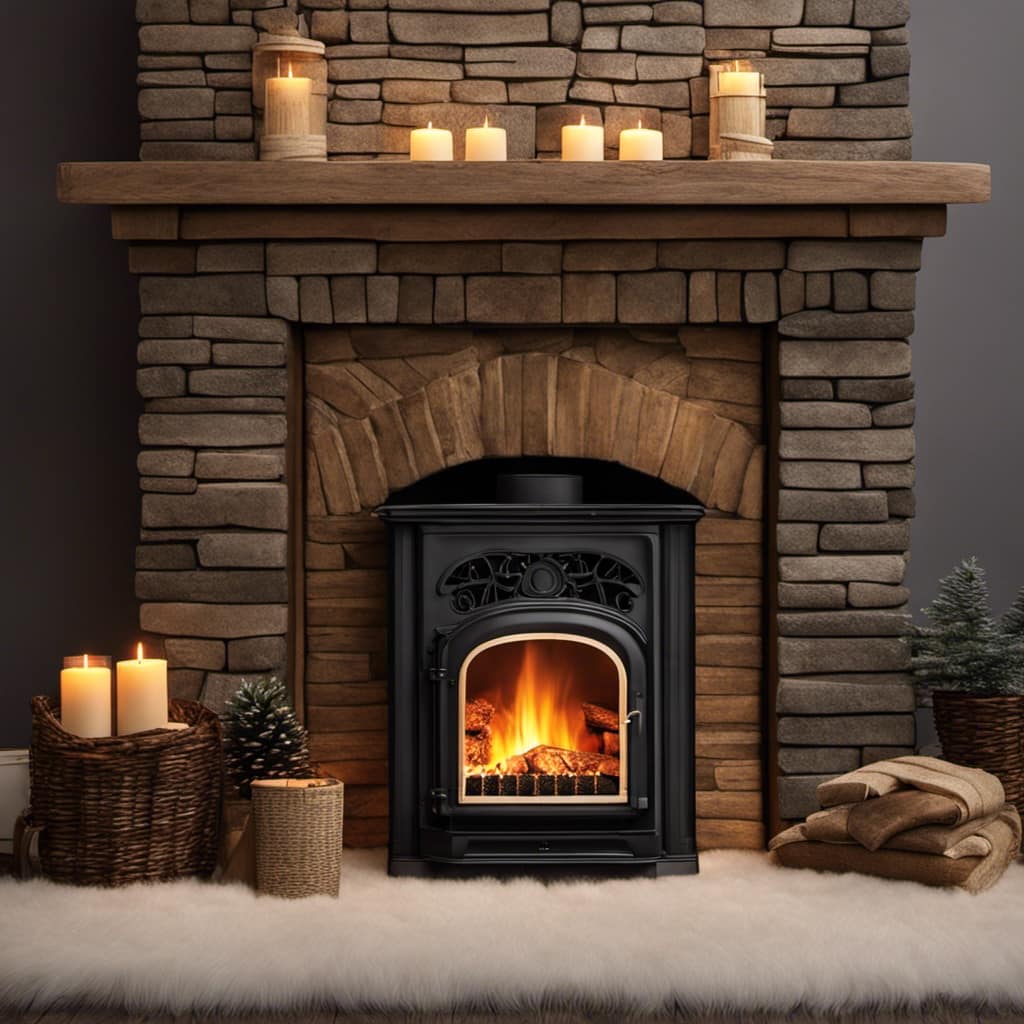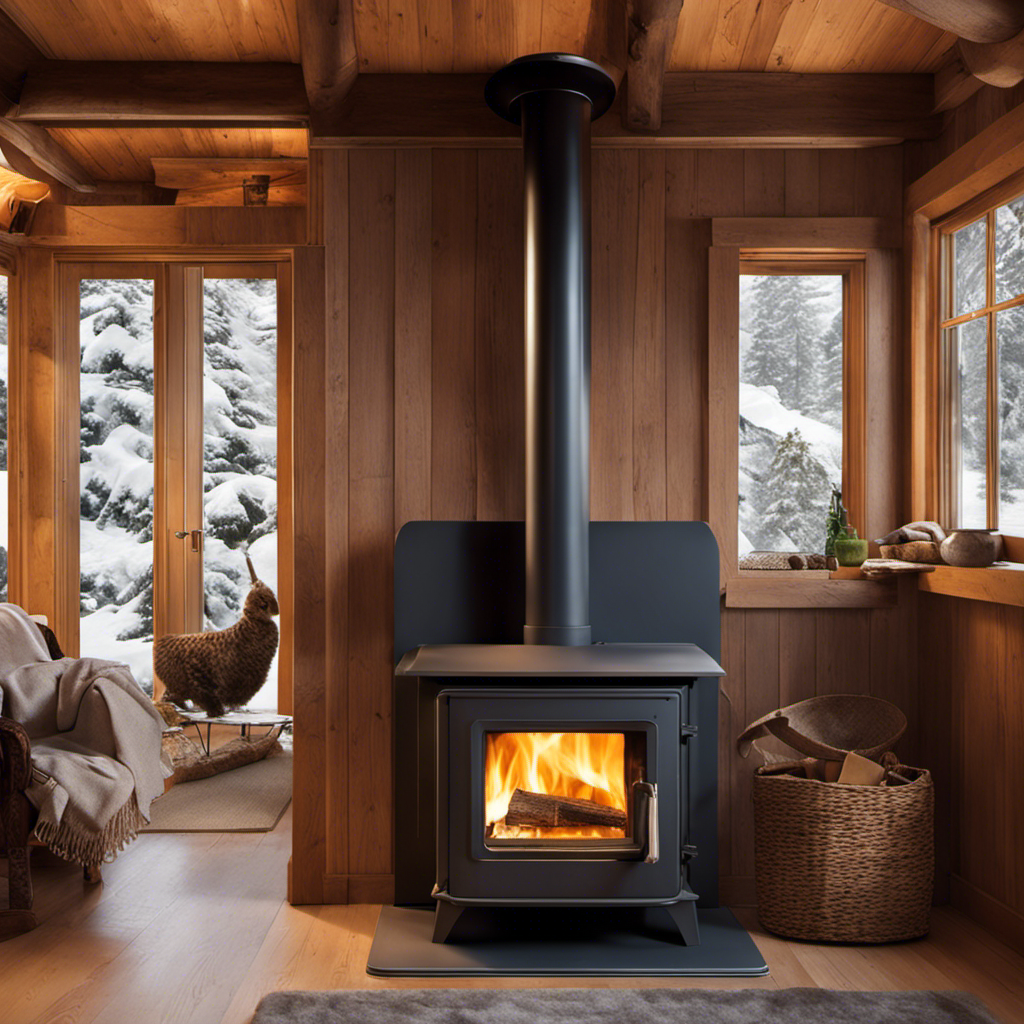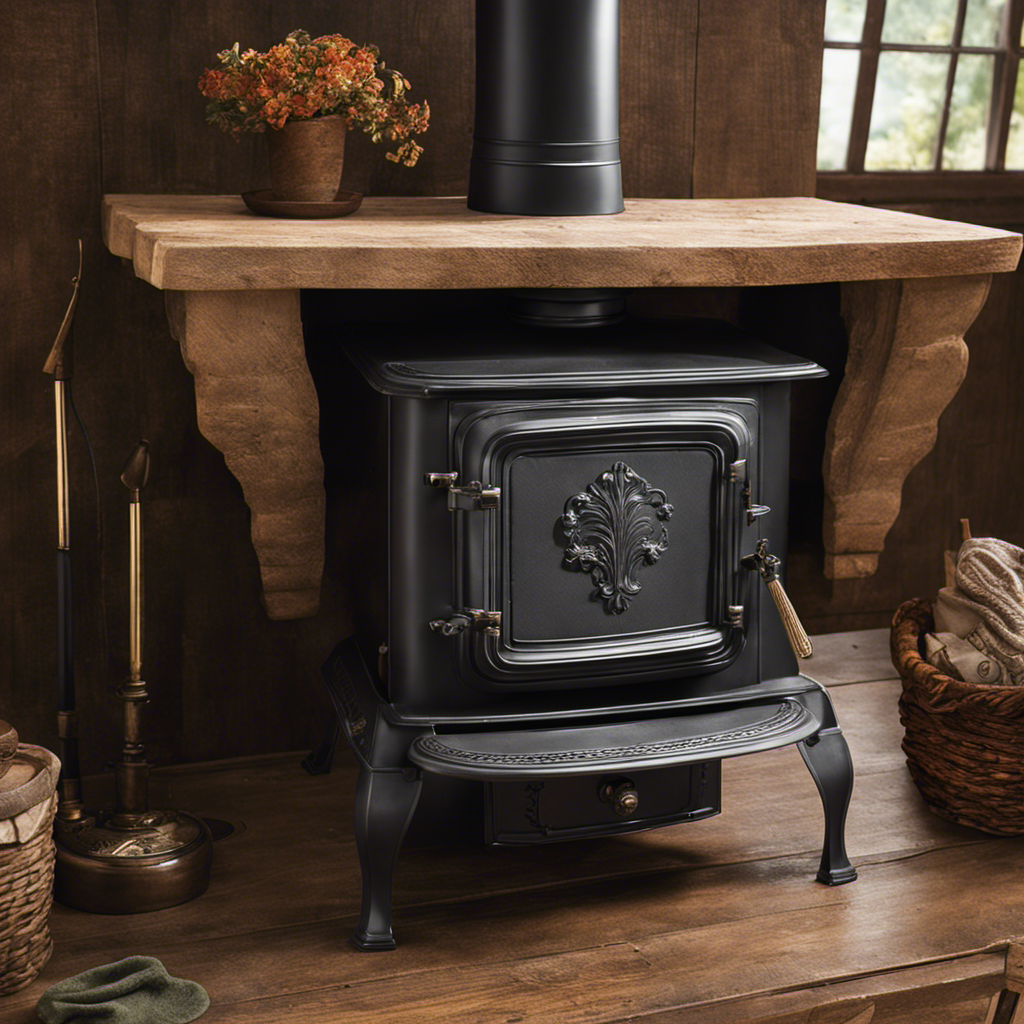Have you ever questioned the purpose of the brick pad beneath your wood burning stove? Allow me to explain the significance of this essential feature.
A brick pad serves as a protective barrier between your wood stove and the floor, preventing heat damage and reducing fire risk.
In this article, we will explore the purpose of a brick pad, how to construct one properly, and the best materials to use.
So, let’s dive in and ensure your wood stove setup is safe and efficient.

Key Takeaways
- A brick pad is important for wood stove installations as it acts as a heat shield, provides stability and support, and protects the floor from heat and fire hazards.
- Constructing a brick pad requires leveling the ground, choosing the right type of bricks, ensuring proper ventilation and spacing, and selecting materials that can withstand high temperatures and moisture.
- Regular maintenance and inspection of the brick pad is necessary to ensure long-term safety and performance, checking for signs of damage or deterioration.
- In addition to wood stoves, a brick pad can be used for other heating appliances and different materials can be used for heat-resistant flooring installations.
The Importance of a Brick Pad for Wood Stove Installations
I understand the importance of having a brick pad for my wood stove installation. A brick pad provides numerous benefits that contribute to the overall safety and efficiency of the wood stove.
Firstly, the brick pad acts as a heat shield, preventing the intense heat generated by the stove from reaching the floor or nearby combustible materials. This significantly reduces the risk of fire hazards.
Additionally, the brick pad offers stability and support for the heavy weight of the wood stove, ensuring that it remains securely in place. It also helps to distribute the weight evenly, preventing any potential damage to the floor.
When installing a brick pad, it’s important to follow safety precautions such as using fire-resistant materials and ensuring proper insulation.
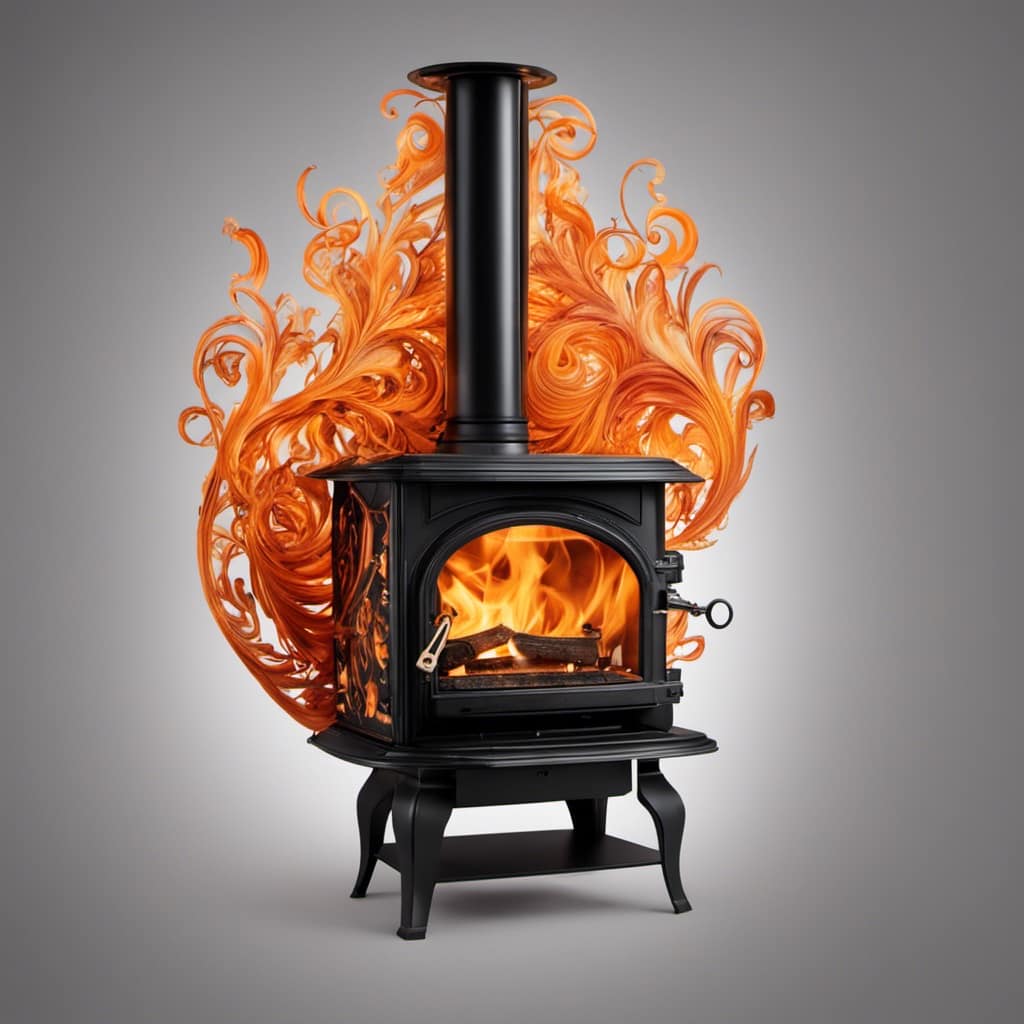
Understanding the Purpose of a Brick Pad
There are several reasons why a brick pad is important for a wood stove installation. First, it provides insulation and prevents damage to the floor. Additionally, it protects the floor from heat and potential fire hazards. Moreover, it acts as a barrier between the stove and the surrounding structure.
The benefits of using a brick pad extend beyond wood stoves. It can be utilized for other heating appliances as well.
When it comes to heat resistant flooring installations, there are different types of materials that can be used. Some common options include fire-resistant bricks, ceramic tiles, and concrete slabs. These materials are specifically designed to withstand high temperatures and provide a safe and durable foundation for your heating appliance.
It’s crucial to choose the right material based on your specific needs and the type of heating appliance you have.
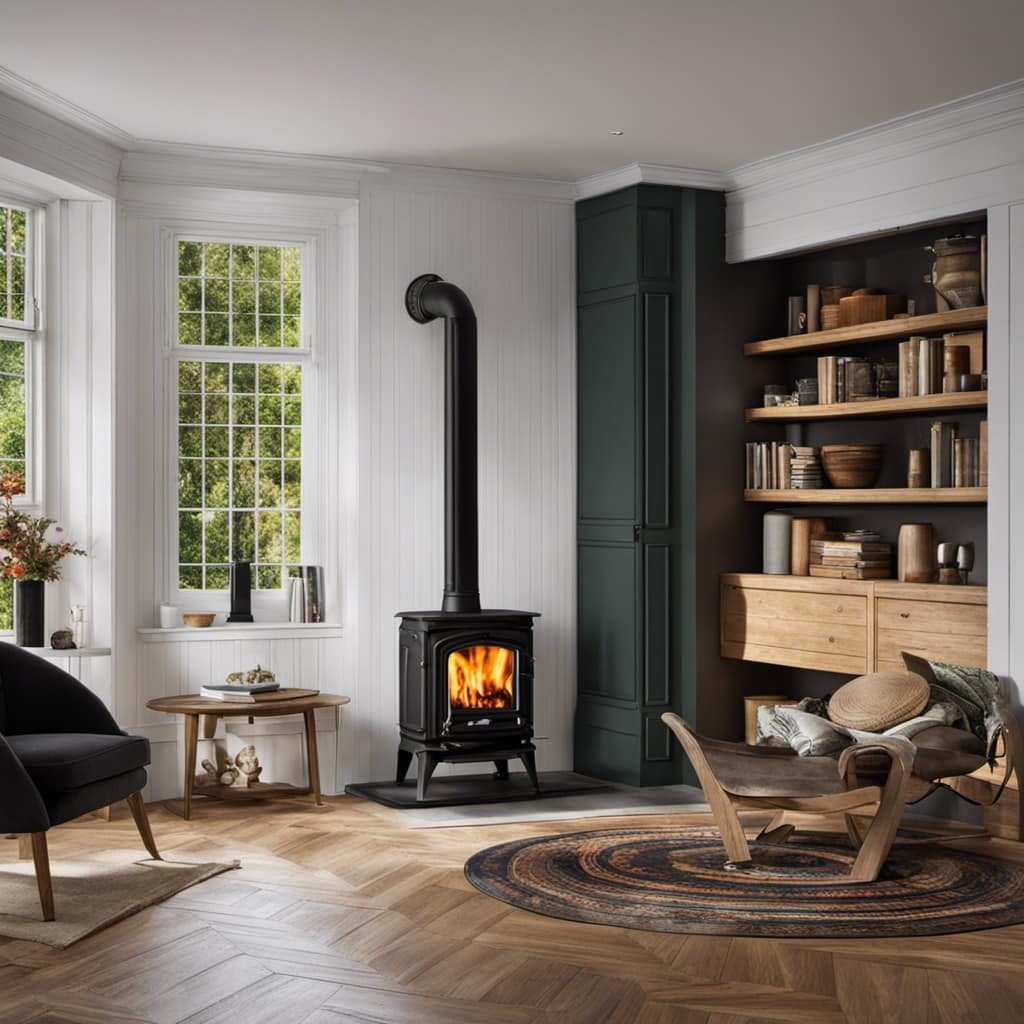
How to Properly Construct a Brick Pad for a Wood Stove
Constructing a brick pad for a wood stove requires careful planning and attention to detail, as it serves as the foundation for the stove and ensures its stability.
When constructing a brick pad, it’s important to avoid common mistakes that can compromise the safety and efficiency of the wood stove.
One common mistake isn’t properly leveling the ground before laying the bricks. Uneven ground can lead to an unstable and wobbly brick pad, which can pose a safety hazard.
It’s also crucial to choose the right type of bricks for the pad, such as firebricks, which are designed to withstand high temperatures.
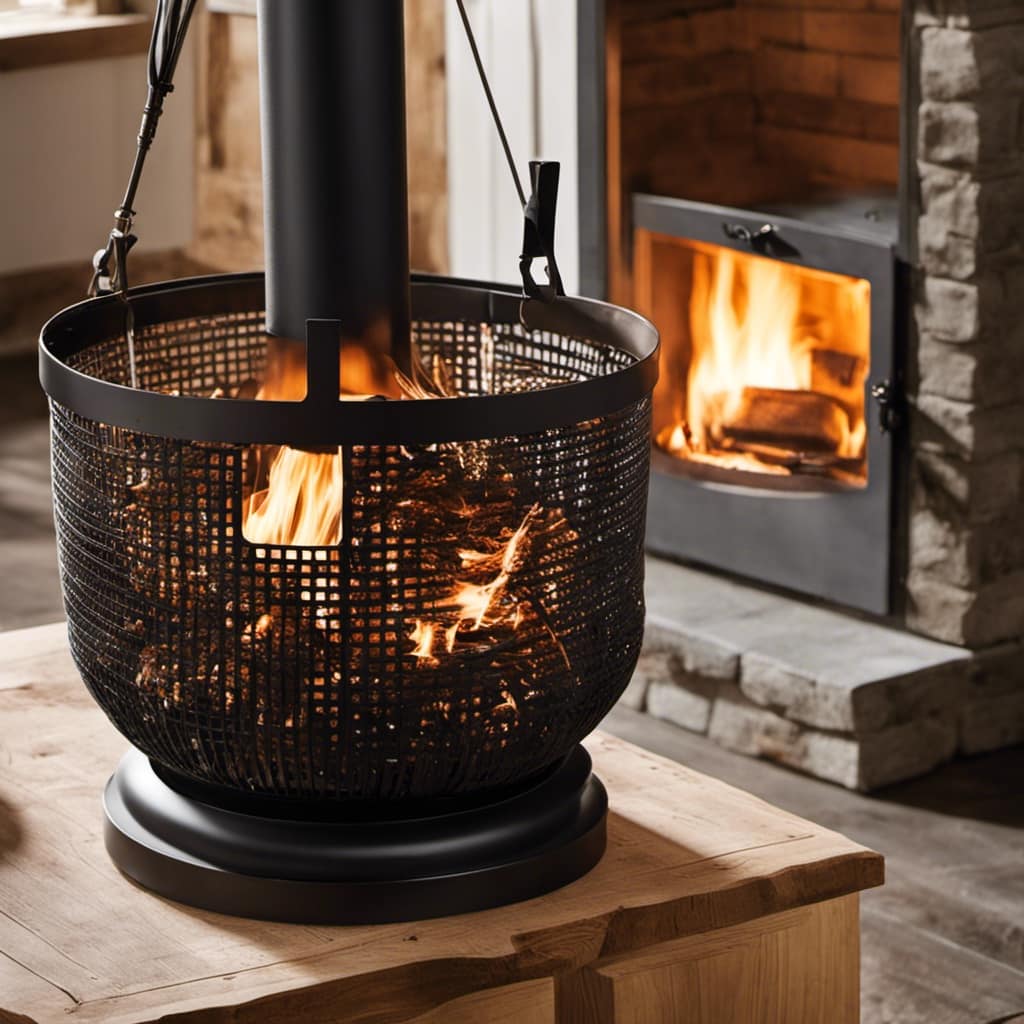
Additionally, ensuring proper ventilation and spacing between the bricks is essential to prevent heat buildup and potential damage to the wood stove.
Choosing the Right Materials for Your Brick Pad
Selecting the appropriate materials for your brick pad is crucial in ensuring its durability and performance. When it comes to choosing suitable materials for your brick pad, here are some installation tips to consider:
-
Thickness: Opt for a thickness that can withstand the weight and heat of your wood stove.
-
Insulation: Use materials with good insulating properties to protect the floor underneath.
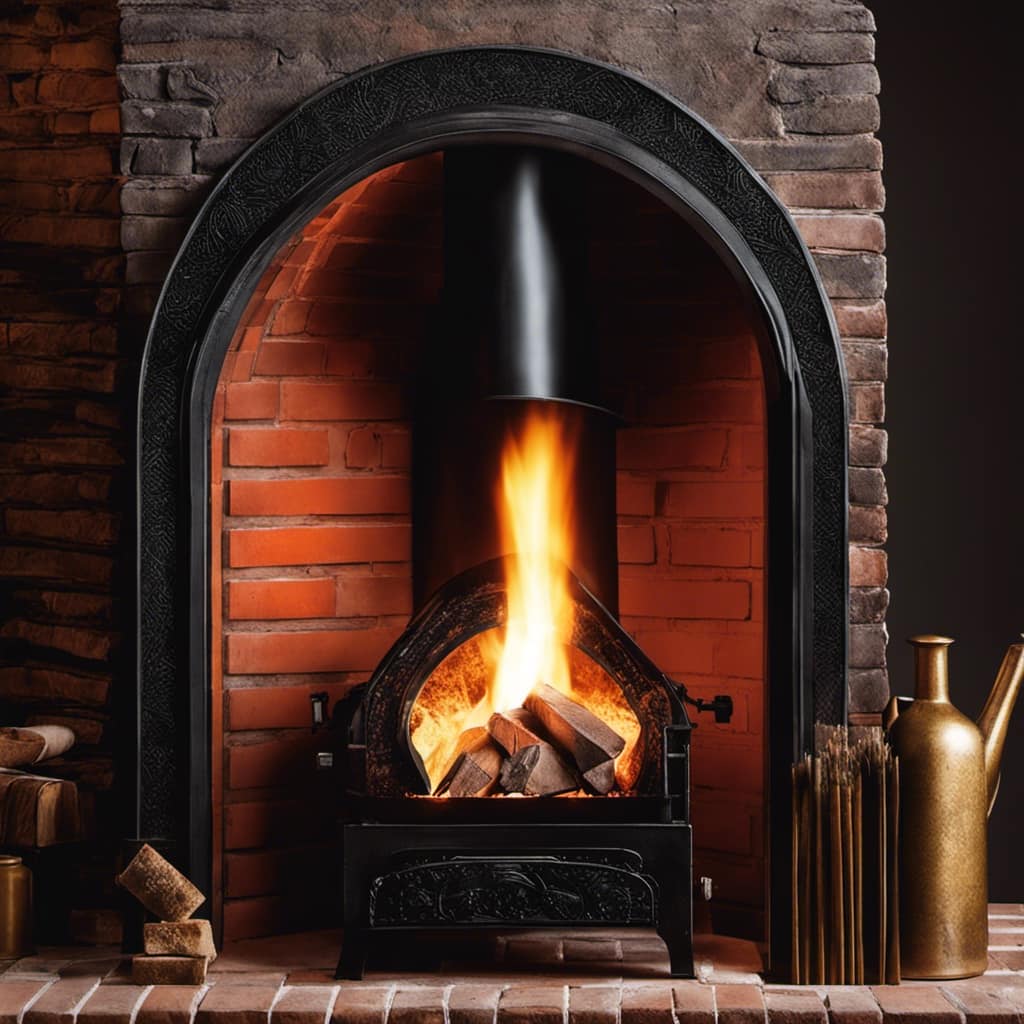
-
Heat resistance: Select materials that can withstand high temperatures without warping or cracking.
-
Moisture resistance: Ensure the materials are resistant to moisture to prevent damage from condensation or spills.
Maintaining and Inspecting Your Brick Pad for Long-Term Safety and Performance
I regularly inspect my brick pad to ensure its long-term safety and performance, so I know it will withstand the test of time.
Inspecting the brick pad is a crucial maintenance task that shouldn’t be overlooked. By conducting regular inspections, I can identify any potential issues or weaknesses in the structure.
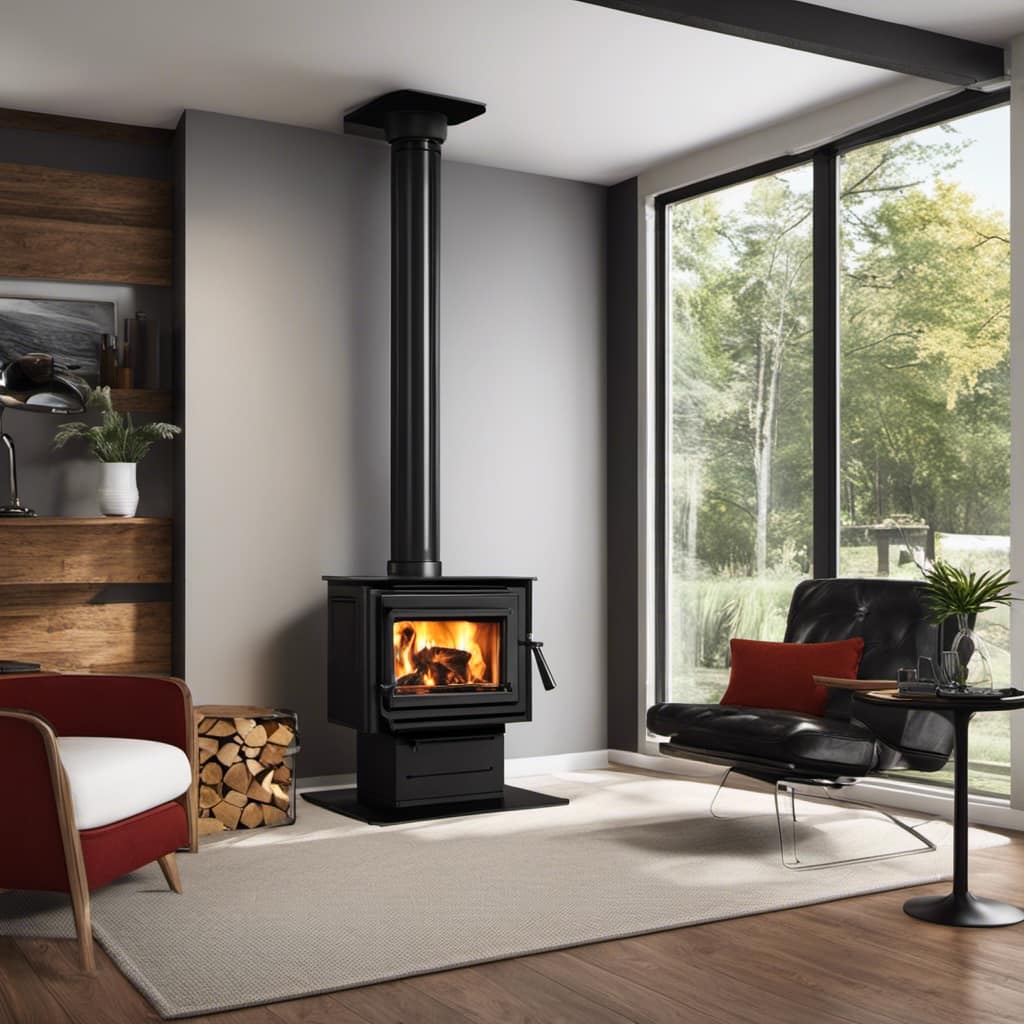
When inspecting the brick pad, I pay close attention to its overall condition, looking for any signs of cracking, crumbling, or shifting. It’s also important to check for any loose or missing bricks, as these can compromise the pad’s stability.
Additionally, I make sure to inspect the surrounding area for any signs of damage or deterioration, such as water leakage or mold growth.
To ensure utmost safety, I follow all necessary safety precautions, including wearing protective gear and using proper tools during the inspection process.
Frequently Asked Questions
Can I Use a Different Material Instead of Brick for the Pad Underneath a Wood Stove?
Yes, you can use alternative materials for the pad underneath a wood stove. However, it’s important to consider the pros and cons, installation process, and cost estimation before making a decision.
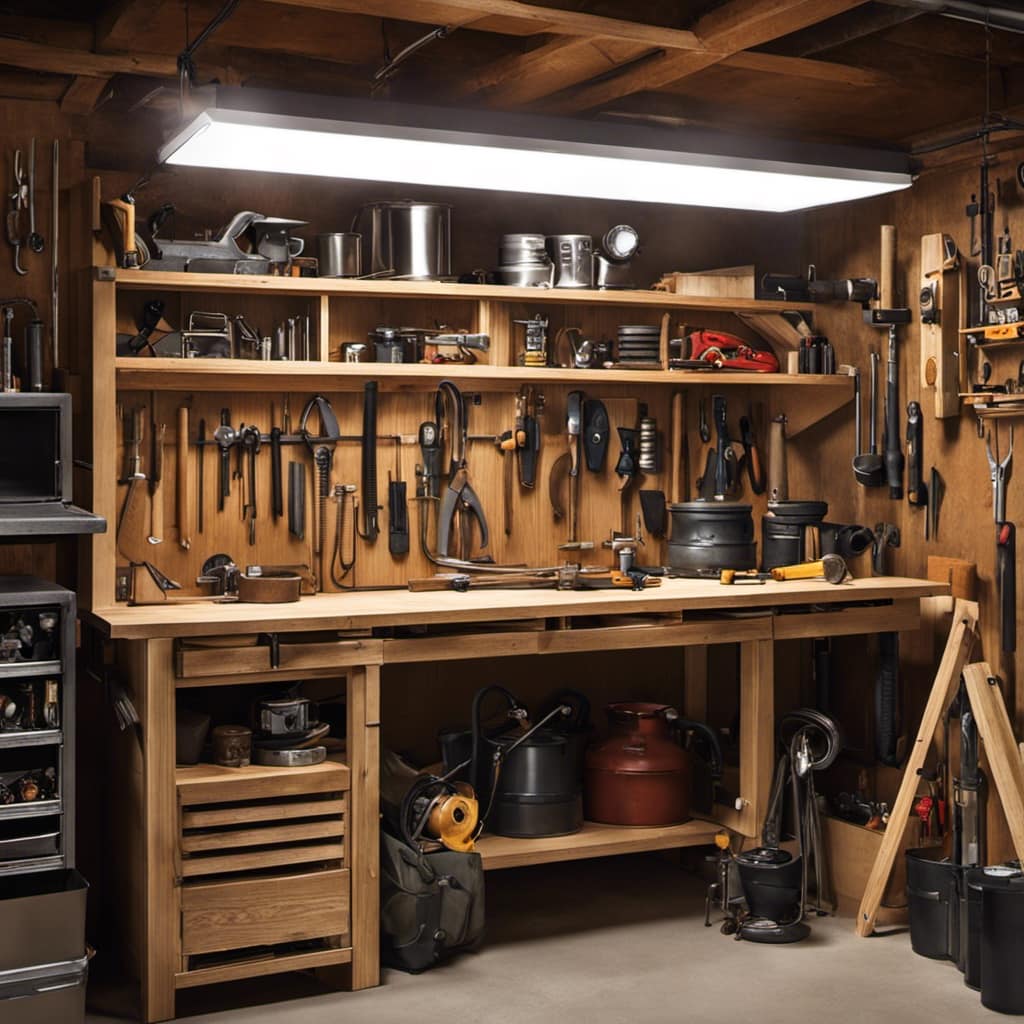
What Are the Potential Consequences of Not Having a Brick Pad for a Wood Stove Installation?
Not having a brick pad for a wood stove installation can lead to potential risks such as heat damage to the floor and increased risk of fire. Alternative materials may not provide the same level of protection.
How Thick Should the Brick Pad Be for a Wood Stove?
The optimal thickness for a wood stove brick pad depends on various factors such as the weight of the stove and the type of flooring. Proper insulation is crucial to protect the floor from heat damage.
Are There Any Specific Building Codes or Regulations Regarding Brick Pads for Wood Stove Installations?
Building code requirements for brick pads under wood stoves are essential for safety. Alternatives to brick for stove pads may not meet these codes. It’s crucial to consult local regulations to ensure compliance and protect your home.
How Often Should I Inspect and Maintain My Brick Pad for Optimal Safety and Performance?
I inspect and maintain my brick pad for optimal safety and performance regularly. Regular upkeep is essential for the safety and performance of the wood stove. It ensures any issues are addressed promptly and prevents potential hazards.
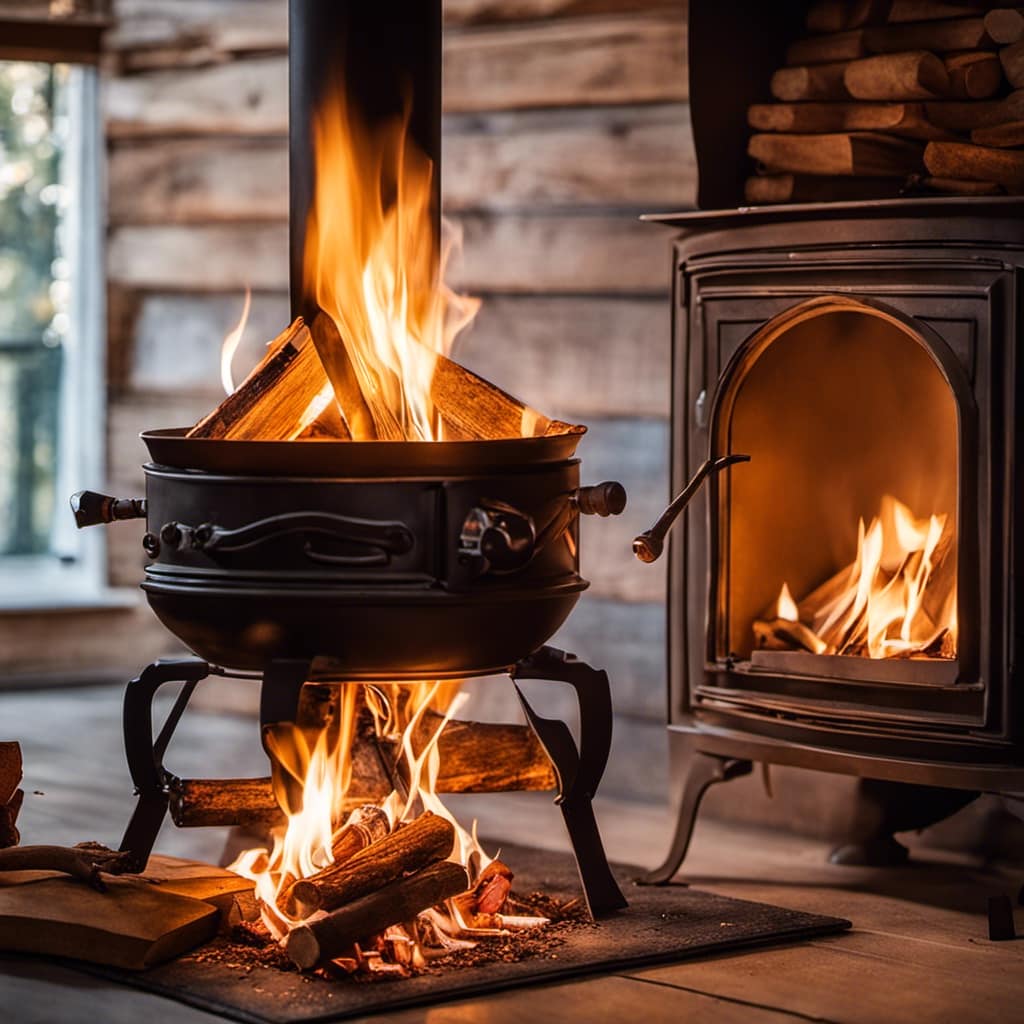
Conclusion
In conclusion, a brick pad is an essential component for wood stove installations, providing a stable and heat-resistant foundation.
By properly constructing and maintaining your brick pad, you ensure long-term safety and performance for your wood stove.
It’s like having an indestructible fortress beneath your stove, capable of withstanding even the hottest inferno.
So, rest easy knowing that your wood stove is securely positioned on its rock-solid brick pad, ready to keep you warm and cozy for years to come.

Growing up surrounded by the vast beauty of nature, Sierra was always drawn to the call of the wild. While others sought the comfort of the familiar, she ventured out, embracing the unpredictable and finding stories in the heartbeat of nature.
At the epicenter of every remarkable venture lies a dynamic team—a fusion of diverse talents, visions, and passions. The essence of Best Small Wood Stoves is crafted and refined by such a trio: Sierra, Logan, and Terra. Their collective expertise has transformed the platform into a leading authority on small wood stoves, radiating warmth and knowledge in equal measure.

